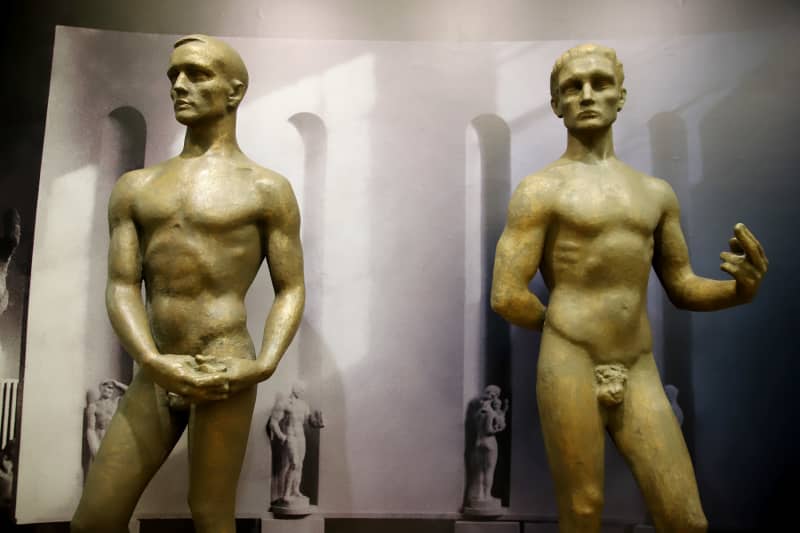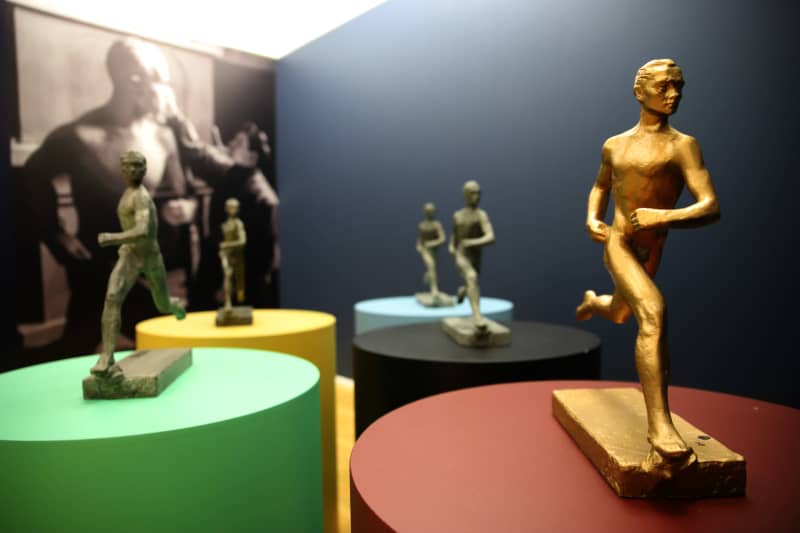Wäinö Aaltonen’s handprint dominated the entire Finnish sculpture for several decades. In addition to talent, the charming man’s sovereign media skills also contributed to his huge popularity.
Aaltonen can be said to have dominated the field of Finnish public sculpture almost exclusively from the mid-1920s until the end of the 1950s.
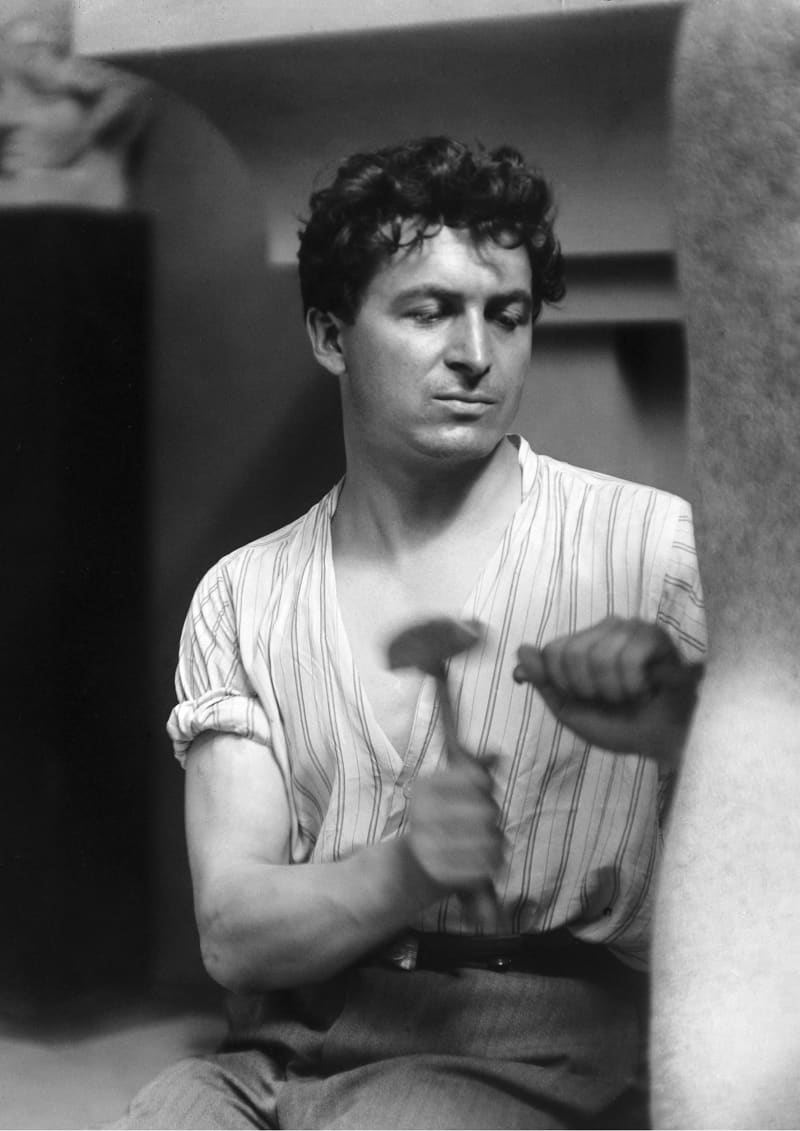
The artist’s own favorite did not end up on the pedestal.
– He would have liked to realize the more futuristic work that came in third place in the competition. Aaltonen was an innovator of modernism in both sculpture and painting, and was one of the first in Finland to experiment with cubism, says Virpi Nikkari.

Modernist bends in custom work
The writer Kivi was one of Wäinö Aaltonen’s enduring subjects. He later carved several portraits of this, the most significant of which sits in Elielinaukio in Helsinki. The artist also worked on a more suggestive version of the sitting Stone, which pleased him more than the customers.
The conflict between commissioned works and own creation is one of the themes of the Tampere Art Museum’s new *Wäinö Aaltonen – Joy of Creation* exhibition.
Aalto was expected to do something completely different from cubist experiments. Both in the early days of independence and after the wars in Finland, there was a desire to see classic sculptural art that boosted national self-esteem.
Wäinö Aaltonen fulfilled this wish with, among other things, numerous athletic male sculptures.
There was fun with the Hämeensilla statues
Tampere is one of those cities where Wäinö Aaltonen’s handprint is strongly visible. In addition to the Aleksis Kive monument, in the downtown area you can also find the Eteläpuisto cooperative monument *Return from shopping*, the *Mourning* sculpture in the Pyynik church park and, of course, the famous Pirkkalai sculptures of Hämeensilla.
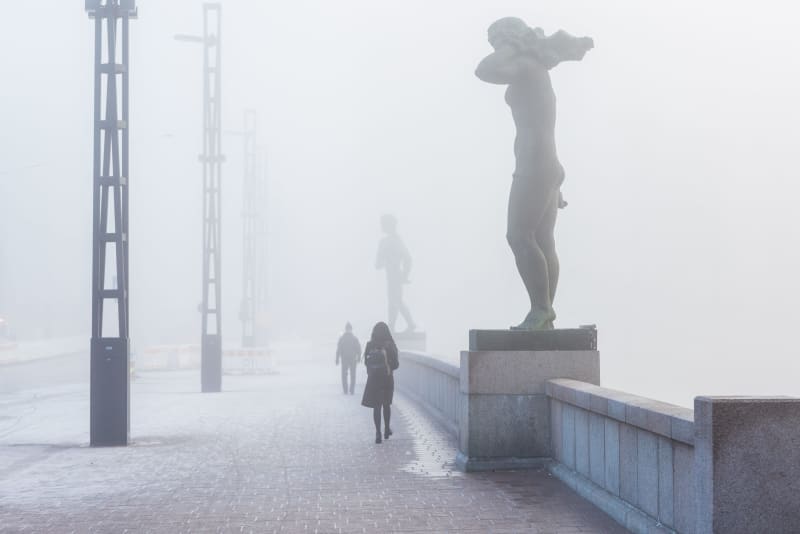
– Four gigantic sculptures had to be created in a couple of years, it was a really big job with a tight schedule. Aaltonen had the best time to familiarize himself with *Eränkävija* and *Finnish girl*. *Merchant* and *Taxman* were made faster, which is perhaps somewhat reflected in their artistic level, says Virpi Nikkari.
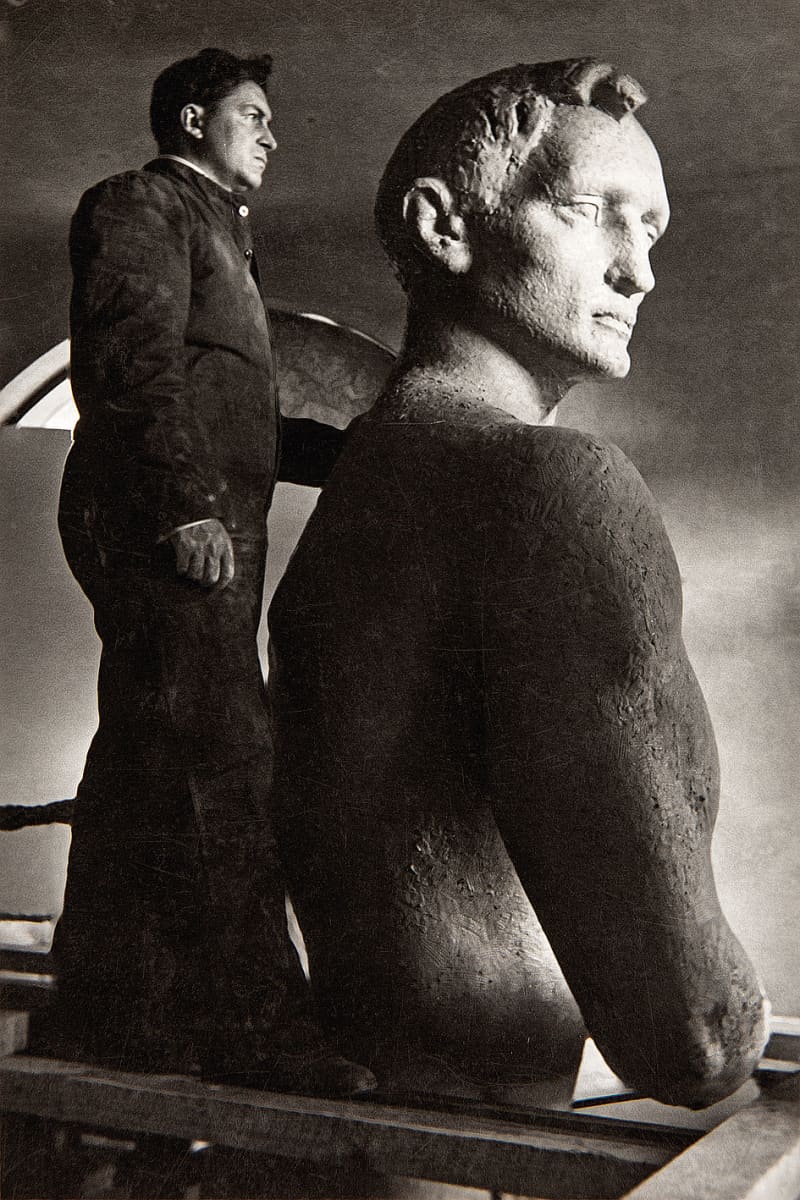
The difference in artistic level is not noticeable to the eyes of the ordinary bridge worker. The trade council that paid for the sculptures, on the other hand, had something to point out.
– Aaltonen deliberately modified classical proportions and exaggerated, for example, athleticism. Originally, the Pirkkalai sculptures were designed for higher pedestals to be viewed from below, and therefore their heads are large in relation to their bodies. This infuriated Haarla.
The reputation was well-deserved
Over the years, Wäinö Aaltonen’s works have become symbols of both the country and the cities. At the same time, they tell about current phenomena at the time of their birth, such as emphasizing sports victories and emerging national identity.
It is amazing how strongly the handprint of a single artist can be seen throughout the country. Virpi Nikkari sees a clear reason for Aaltonen’s superiority over three decades.
– Both competition and education in the field of Finnish sculpture were generally few. Aaltonen was a pioneer. The next viable generation of sculptors didn’t really emerge until the 1950s and 60s.
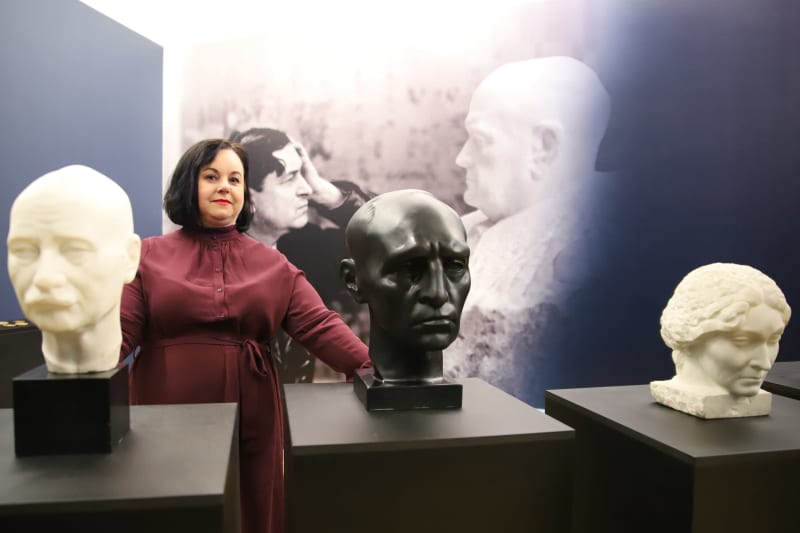
The reputation is still deserved and not the result of a lack of competitors, Nikkari emphasizes.
– Wäinö Aaltonen succeeded in large monumental projects and achieved considerable popularity internationally. He was simply a great talent.
*Wäinö Aaltonen – The Joy of Creation exhibition opens at the Tampere Art Museum on Saturday 4 February 2023.*
*You can comment on the topic until February 4 at 11 p.m.*

